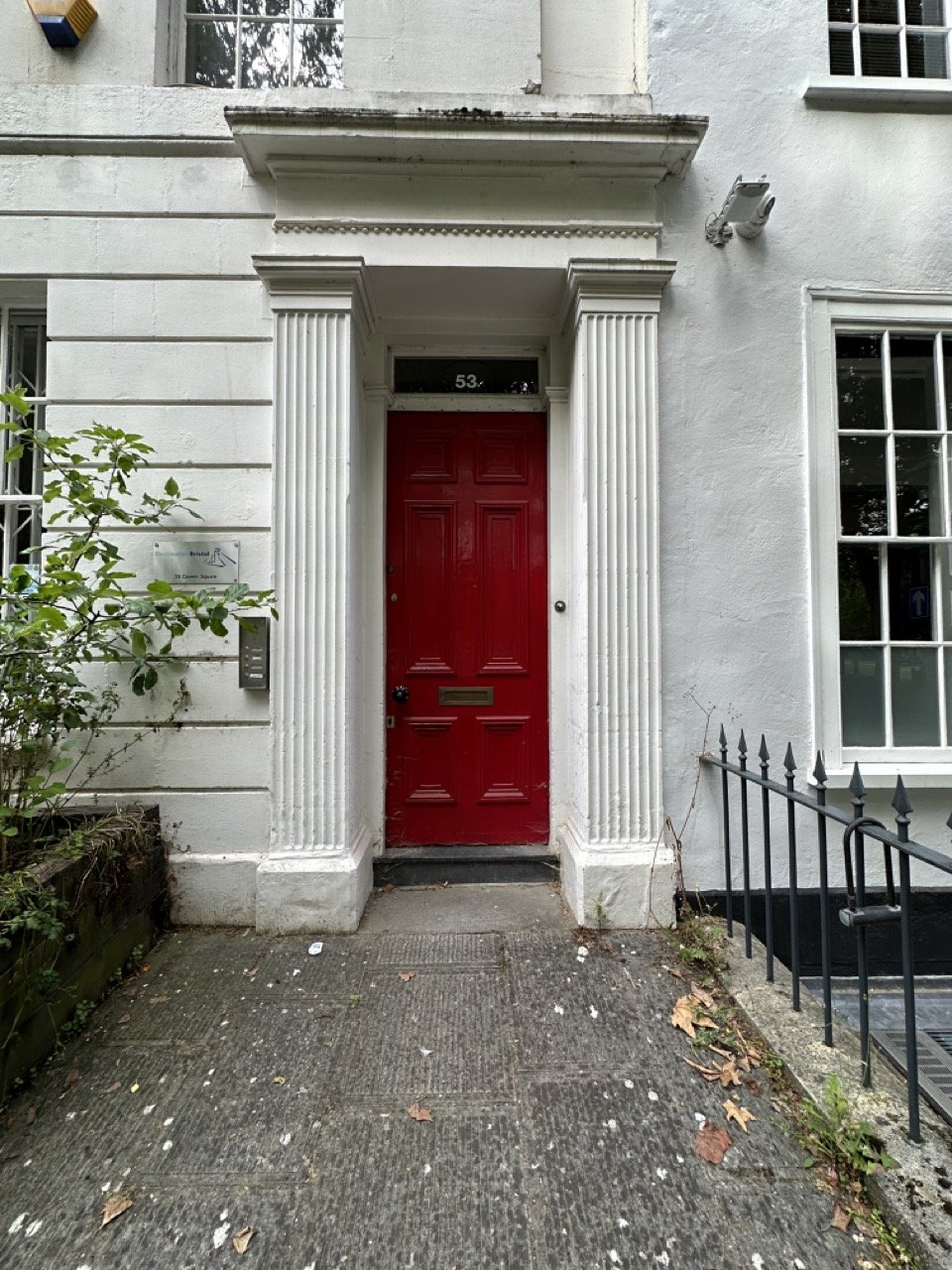New Beginnings for Old Buildings - Retrofit, Reuse, Recycle
Written by Adam Grover
Above: Adam’s university work, showing '“How deconstruction of an existing building creates a ruin that acts a non-linear design driver, helping the existing ruin to be reimagined and reinhabited for new purpose.
Adam Grover
Last month I joined Barefoot Architects as a graduate from the University of the West of England's School of Architecture. In my time there I developed strongly held beliefs about the potential of architecture to be an inspiring force for good. It's been an exciting start to my career where I feel able to hold on to these beliefs in practice.
At University, I cultivated a passion for working with existing buildings and heritage. This is vitally important to our industry, since as stated by the Architect's Journal we knock down 50,000 buildings a year in the UK, and the construction industry is responsible for ⅓ of the UK's Greenhouse emissions mainly through new projects. I see it as an ethical duty to work with what we already have - something which Barefoot Architects shares and enacts. Since working here I've seen a drive for new buildings to be the option of last resort. Having already had the chance to work on 5 projects, all of them involve retrofit and working with existing buildings, one being Grade II listed.
Above: Adam’s university work displaying the physical partial removal of an existing building and inserting time and brick interventions, reconnecting a site with the city and its surroundings.
Seeking to keep and work with structures we have isn't just the more ethical approach but also the one that in my opinion creates the most interesting designs. As put by Graeme Brooke “to wipe the slate clean is not just the easy way out, it is a failure of intellect, of an economic system, of political thought and purpose. In a climate emergency, it is no longer viable option” (50|50 Words of Reuse p.78)
When starting work I was all too aware of the potential challenges of transitioning into practice from the 'conceptual' world of university where ideals were easily upheld on the page, within a society where we are surrounded with buildings and developments where 'ethics' is the lowest priority; and no more so than in the area of housing. So starting my professional journey I looked to join an architectural practice where ethical design wasn't just an ideal to be aimed for and left aside at the slightest inconvenience, but was instead a pillar of a practice and its design ethos.
When starting here at the practice I saw that the words on the website are manifested in the actions of the team. They enact what they believe. The barefoot 'ethical compass' isn’t just for show, and isn’t detached from the projects the practice designs, but is instead fundamental to their delivery. From the start at Barefoot Architects I was being told to reflect on, and enact the values of empowerment, collaboration, regeneration, connection and accessibility. At every stage, the journey is as important as the destination – how you get there matters!
This flow of ethical design isn't just an outward thing from the practice, but also informed from the surrounding community. It's been evident in my short time here already that this practice is not an echo chamber, but has its eyes and ears open; receptive and ready to listen to clients and communities to design and create new interventions into the built environment. Our projects are ethical insomuch as they have integrity and seek to further the betterment of their locality.
Front of a Grade II Listed building retrofit project Adam has started working on recently.
Reflecting, I see this is the barefoot approach: being connected to and receptive of our surroundings. To work and design ethically is to create a built environment that improves the current and future lives of clients and communities. To work in a practice and job that encourages and cultivates this approach means I can go about my work with our clients with integrity.
I am extremely fortunate, and encouraged that as I pay for my honeymoon with my first paycheck from working in the architectural profession, I'm doing so knowing that the money was earned without the compromise of my values.




